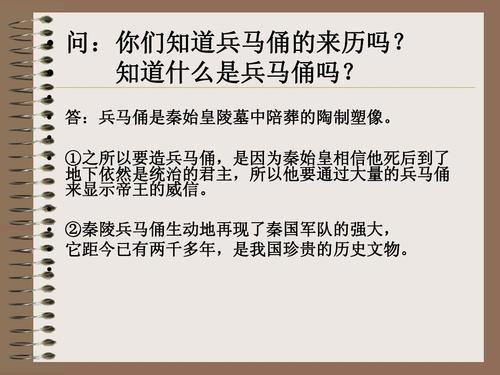
Why is the Terracotta Army an Important Archaeological Discovery?
Upon excavation in 1974, Qin Shihuang's Terracotta Army was immediately recognized as one of the most significant discoveries in modern history. The site is still revealing secrets of China's "first emperor," and much more promises to be uncovered.
A Glimpse into the Qin Dynasty
The Terracotta Army offers an unparalleled window into the military practices, artistry, and cultural beliefs of the Qin Dynasty (221-206 BCE). This period marked a pivotal point in Chinese history, witnessing the unification of China under Qin Shi Huang, who declared himself the first emperor. The army, meticulously crafted to accompany the emperor in the afterlife, provides tangible evidence of the dynasty's might and ambition.
Unmatched Scale and Craftsmanship
The sheer scale of the Terracotta Army is staggering. With an estimated 8,000 life-sized soldiers, 130 chariots with 520 horses, and 150 cavalry horses, the army is a testament to the Qin Dynasty's manpower and resources. Each figure is unique, showcasing intricate details in their armor, hairstyles, and facial features. This level of craftsmanship reflects the advanced skills of Qin artisans and the importance placed on individuality, even in death.
Technological Insights
The creation of the Terracotta Army involved sophisticated craftsmanship and innovative techniques. The figures were created using standardized molds, demonstrating an early form of mass production. The use of different clay types from various regions highlights the empire's logistical capabilities. Moreover, the bronze weapons found at the site, some still sharp and well-preserved, indicate advanced metallurgical knowledge.
Historical and Cultural Significance
The Terracotta Army is not just an army of statues; it's a time capsule preserving the cultural nuances of the Qin Dynasty. The varying ranks and ethnicities depicted in the army provide invaluable insights into the social structure and diversity of the empire. Inscriptions on the figures and weapons offer clues about military organization and hierarchy, enriching our understanding of ancient Chinese warfare.
Ongoing Discoveries and Mysteries
Excavations at the Terracotta Army site are ongoing, with new discoveries constantly reshaping our understanding of the Qin Dynasty. Recent findings suggest the presence of female warriors, challenging traditional assumptions about gender roles in ancient China. The potential discovery of the emperor's tomb, believed to contain even greater treasures, continues to fuel archaeological excitement and speculation.
Q&A
What makes the Terracotta Army so unique?
The Terracotta Army stands out due to its incredible scale, the life-sized and individually crafted figures, the advanced craftsmanship and technology involved in its creation, and the wealth of information it provides about the Qin Dynasty's military, culture, and society.
What can we learn from the Terracotta Army?
The Terracotta Army provides insights into various aspects of the Qin Dynasty, including military practices, social structure, artistic techniques, technological advancements, and cultural beliefs. It serves as a window into the past, helping us understand this pivotal period in Chinese history.
Why is the Terracotta Army considered one of the most important archaeological discoveries?
The Terracotta Army is globally significant because it offers an unparalleled glimpse into a pivotal period in Chinese history. Its sheer scale, intricate craftsmanship, and the wealth of historical and cultural information it reveals make it a treasure trove for archaeologists and historians alike.